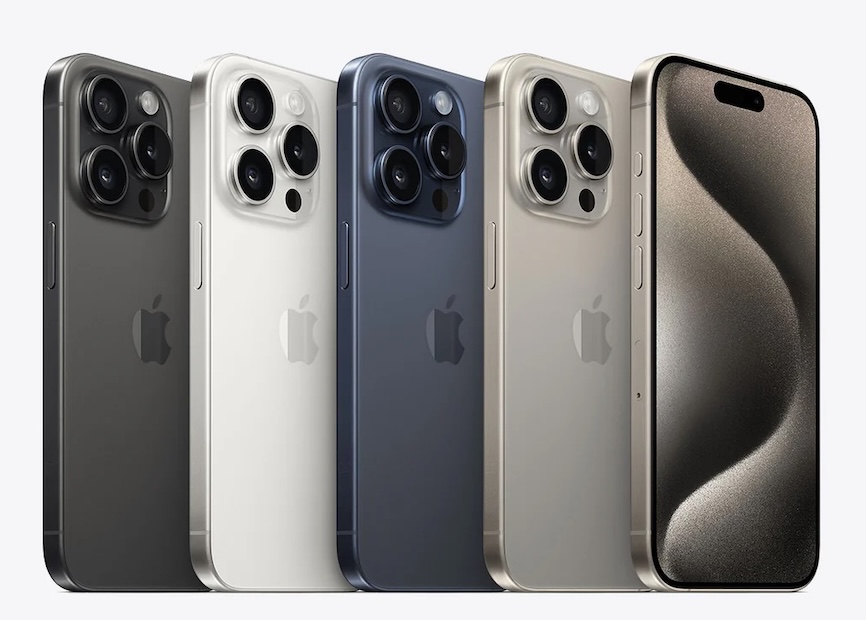
Why Buy Refurbished iPhones?
iPhones are known for their incredible cameras, powerful performance and long-lasting software support — but they’re also known for their premium price tags. That’s why more people than ever are choosing refurbished iPhones. You get the same Apple quality, the same features and the same smooth experience, all for a fraction of the cost.
If you’re weighing up your next upgrade, here’s why buying refurbished might be the smartest move you make this year.
1. Huge Savings vs Buying Brand New
Refurbished iPhones cost significantly less than new models, often saving you hundreds of pounds. Whether you’re looking at an iPhone 12, 13, 14 or even the latest series, the difference in price can be substantial — especially as Apple releases new models every year.
You can browse budget-friendly models in our refurbished iPhone range.
2. High Standards and Quality Checks
All Envirofone devices go through a rigorous 90-point quality check. This covers everything from the display and battery to the speakers, buttons, cameras and internal components. Only once the device passes every stage is it approved for sale.
The result? A phone that looks great, works perfectly, and feels just like new — without the new-phone price.
3. Better for the Environment
Buying refurbished is one of the easiest ways to reduce e-waste. Millions of smartphones are thrown away every year, often while still functioning. Choosing a refurbished iPhone gives a device a second life, cuts down on landfill waste and helps reduce demand for newly manufactured tech.
If you care about sustainability, refurbished isn’t just a good option — it’s the best one.
4. Long Software Support From Apple
One of Apple’s biggest strengths is long-term iOS support. Even older iPhones receive updates for years. This means a refurbished device can still run the latest software and security patches, keeping you safe and up to date.
iPhones hold their performance well, so a refurbished model can still feel fast and modern even several generations later.
5. Perfect for Families, Students and Backup Phones
Refurbished iPhones are ideal if you’re:
- Buying your child their first smartphone
- Looking for a reliable upgrade on a budget
- Needing a second phone for work or travel
- Keeping a spare handset for emergencies
You still get premium features — great cameras, smooth performance, strong build quality — without worrying about the cost of accidental drops or quick upgrades.
6. A Smart Way to Keep Up With New Trends
Tech moves quickly, and iPhone upgrades can be tempting. Buying refurbished gives you the freedom to switch to newer models more often without the high upfront cost. It’s the perfect balance between staying current and staying sensible financially.
If you're thinking about a future upgrade too, check out all available options in our refurbished smartphone collection.
7. You Can Trade In Your Old Phone for Extra Cash
When buying refurbished, many customers choose to trade in their old device first, reducing the cost even further. Envirofone accepts a wide range of smartphones — including damaged ones — so you can get cash back instantly.
If you're clearing out drawers or upgrading multiple devices, this can make a huge difference to your budget.
Buying a refurbished iPhone is one of the easiest ways to get premium performance, save money and reduce your environmental impact — all without compromising on quality. Once you try refurbished, you’ll wonder why you ever paid full price.